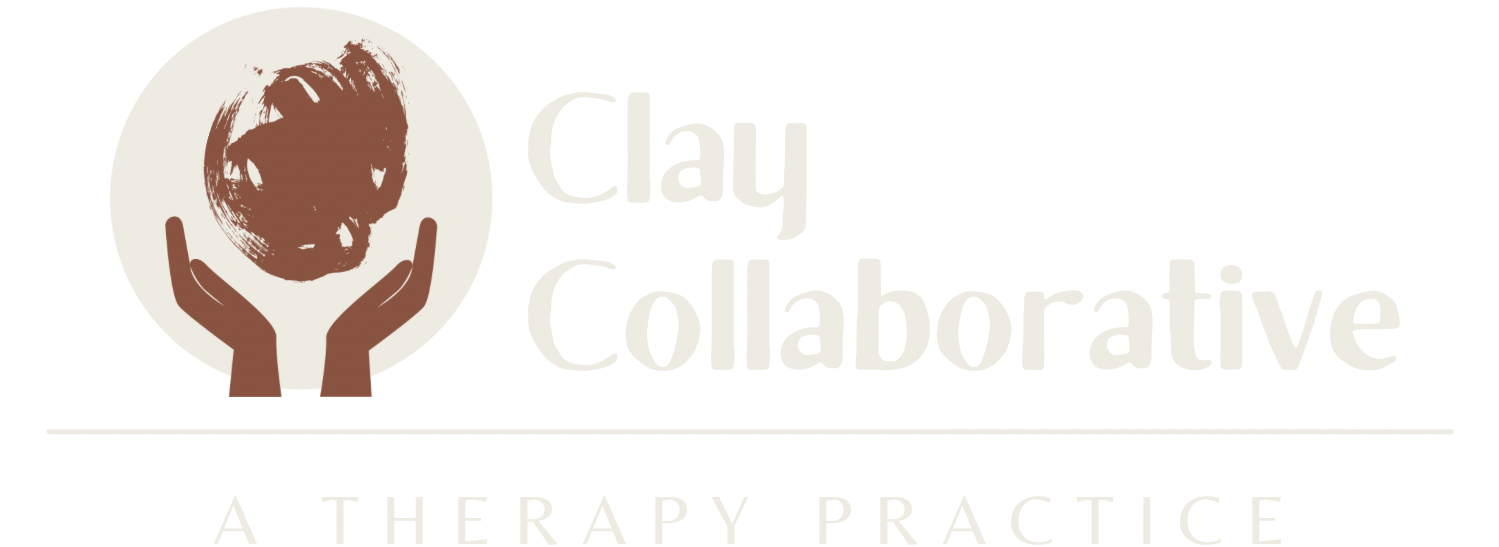A Note on Gratitude
The idea of practicing gratitude is one that has become more and more popular. In part, at least, because there has been more and more research showing the positive impacts that gratitude can have on our minds, health, and overall well-being. So we can agree that gratitude is a good thing. But sometimes this message of encouraging gratitude can teeter dangerously close to toxic positivity, or the sense that we should be ignoring or invalidating the truth of how we feel in favor of “being positive” or “choosing happiness” or “thinking happy thoughts.” The truth, though, is you don’t have to feel happy or even feel grateful to practice gratitude. How?
We acknowledge that we can feel both sad and thankful at the same time.
We acknowledge that anxiety and gratitude can simultaneously co-exist.
We acknowledge the challenges that are present in our lives and create space for the things we are grateful to have.
We acknowledge that while it doesn’t cancel out the struggle, finding even the smallest things to be grateful for can give us valuable moments of perspective or relief.
We acknowledge that we are capable of engaging in the practice of gratitude, even when we don’t feel like it.
Practicing gratitude, in whichever form we choose, is an action. One that doesn’t have to be in place of the act of honoring the truth of our emotions and experience. Instead, it can be invited to sit alongside those emotions and experiences. Wherever you are during this holiday season, we encourage you to engage in some reflection around this idea of gratitude and where it can be invited in:
What are three things, no matter how small, that I feel thankful for?
Who is someone I am grateful to have in my life? What do they bring to it?
What is something about myself that I am thankful for?
What is one thing from my day today that I feel grateful for?
Who can I thank today?
In gratitude for each and every one of you,
Sammy & Miriam
